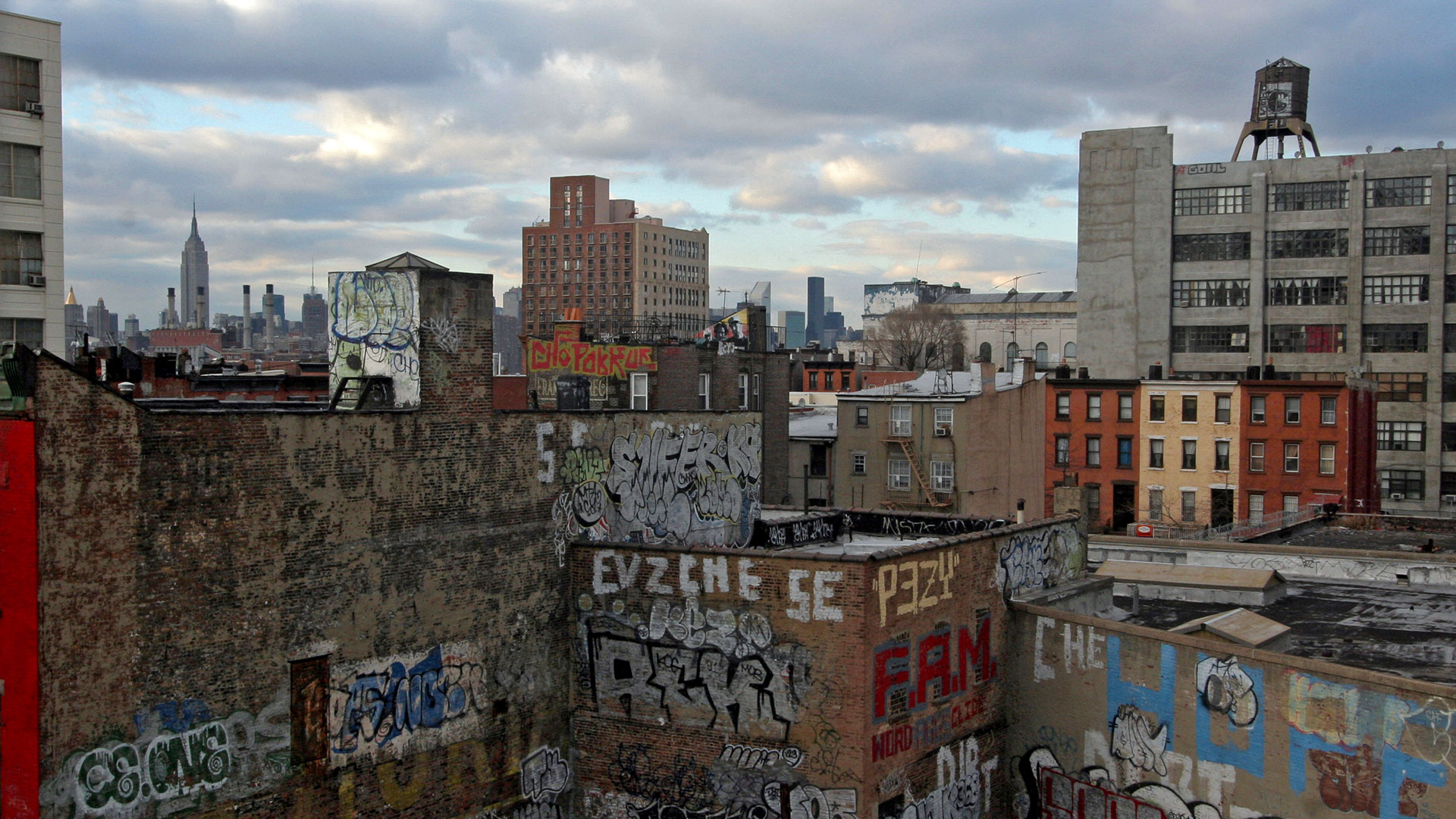

Set your watch by it: Talk about Detroit and its hoped-for comeback, and someone will speculate that Detroit, if all goes well, might be The Next Brooklyn.
As a Detroit native who now lives, yes, in Brooklyn, I’m hoping for a different outcome: Let Detroit be The Next Detroit. That dream occurred to me at the 2016 Detroit Auto Show, when we departed Cobo Center on a reliably bitter, wintry downtown evening to hit some local hotspots.
Listen: I love my adopted home and the lifestyle it provides, however steep the cost of entry. But while no one would begrudge Detroit its trickling lifeblood of new restaurants, stores and other urban oases—as opposed to the wasteland I once lived in, so devoid of human life as to resemble a set from The Walking Dead—there’s a tendency, especially among well-meaning liberals and New York Times readers, to think that a Sumatran pour-over and some slumming white artists will solve the city’s monumental problems.
RELATED: How to See Detroit Without Being a Jackass
They won’t, for reasons too numerous to get into here. But where Brooklyn only needed a light dusting to stage a comeback, Detroit needs an industrial sandblasting, fumigation and, in the virtual Third World neighborhoods that sprawl for miles beyond downtown, perhaps a carpet-bombing demolition to make a clean start. Also, no matter how bad Brooklyn got, it was always anchored to Manhattan, part of the world’s greatest city. (Yes, tourists: Brooklyn is in New York City, so stop asking us if we “live in the city.”) Detroit is anchored to… Windsor, a casino-strewn blot in Canada across the river that I find far more depressing than my hometown.
Anyway, the auto show. Following a nostalgic dinner at the Detroit Athletic Club, with its vaulted ceilings and old-guard atmosphere, I drove a Buick Enclave SUV to meet friends at Sugar House, next to the popular Slows BBQ that’s a city success story.
“A Sumatran pour-over and some slumming white artists will not solve the city’s problems.”
Sugar House is not. It’s the kind of self-regarding retro cocktail bar that’s best left in Brooklyn, where a $12 cocktail doesn’t raise an eyebrow. In Detroit, it’s as suspiciously out of place as a Rangers jersey at a Red Wings game. I hear they grow their own herbs in the summer. Which means I would rather drink from a paper bag in a boarded-up building than this joint; the bar staff preening as though they had invented bourbon and might, after proper genuflection, pour some out for us rubes.
With his ridiculous Old Timey barman’s costume and a beard from Hipsters R Us, our waiter is the definition of a pompous twit, hands clasped stiffly as though he were guarding Buckingham Palace and not a remodeled shithole on Michigan Avenue. Already, I want to help him outside and reorient his whiskers, or at least help him find his bearings: We’re a crack head’s stumble from the torn-down Tiger Stadium and Michigan Central Station, the eerie 18-story Mordor that is Detroit’s most notorious symbol of Ruin Porn.
The twit is already peering down his nose when I order a Moscow Mule. It arrives, and I express innocent disappointment that it’s not served in the signature copper mug—really, the only reason to order a Moscow Mule. Our waiter replies, or rather sniffs: “That was a marketing invention of the Eighties, sir.” This, from a boy who, while I was playing keyboards in Detroit’s Eighties garage rock scene, was drinking artisanal milk from his mother’s teat.
With perfect timing, an (admittedly tipsy) journalist in our party commits an ultimate offense: stepping briefly behind the bar’s altar to inform its high priests that we’re heading out for a smoke. We’re instantly cut off, but no matter. Piling into the Enclave with six passengers, including two ever-adventurous Maserati PR reps, I drift the Buick over snowy, familiar back streets to nearby Green Dot Stables.
Now we’re talking.
Resuscitated by Jacques Driscoll, a prodigal Detroiter and chef who couldn’t afford his own place in San Diego, Green Dot Stables abuts the sprucing-up Corktown neighborhood, near the smutty Ambassador Bridge to Canada. From 20 years ago, I recall drinking legally at Green Dot around 4 AM, hours past the city’s 2 AM cutoff, because the Detroit cops and detectives who frequented the bar decided it was legal. Green Dot still features the horse sculpture atop its shingled roof, a formica bar and poker-table vinyl stools. But Driscoll now serves up a wondrous variety of gourmet sliders and sides: a venison chili with Coney dog, Korean beef with kimchi, a quinoa with kale chimichurri, a daily Mystery Meat. And most everything, including beer and house cocktails, is priced at $3. Or, as we’d say in New York, four-for-one drinks. Order a fancier liquor, say a Hendrick’s gin, and you might get charged $4 or $5, but that’s about it.
Washing Sugar House’s phony aftertaste out of my mouth, it struck me that Green Dot Stables is The Next Detroit: repurposed, surprisingly with-it, but in on the joke. In this Detroit, there’s no pretense, no erasing our blue-collar past, no pretending this city is something it’s not. Certainly not Brooklyn, or a theme-park version thereof. Or Portland, or Austin. Just Detroit. Redesigned like a classic car, improved yet familiar. But let’s definitely keep the $3 cocktails.